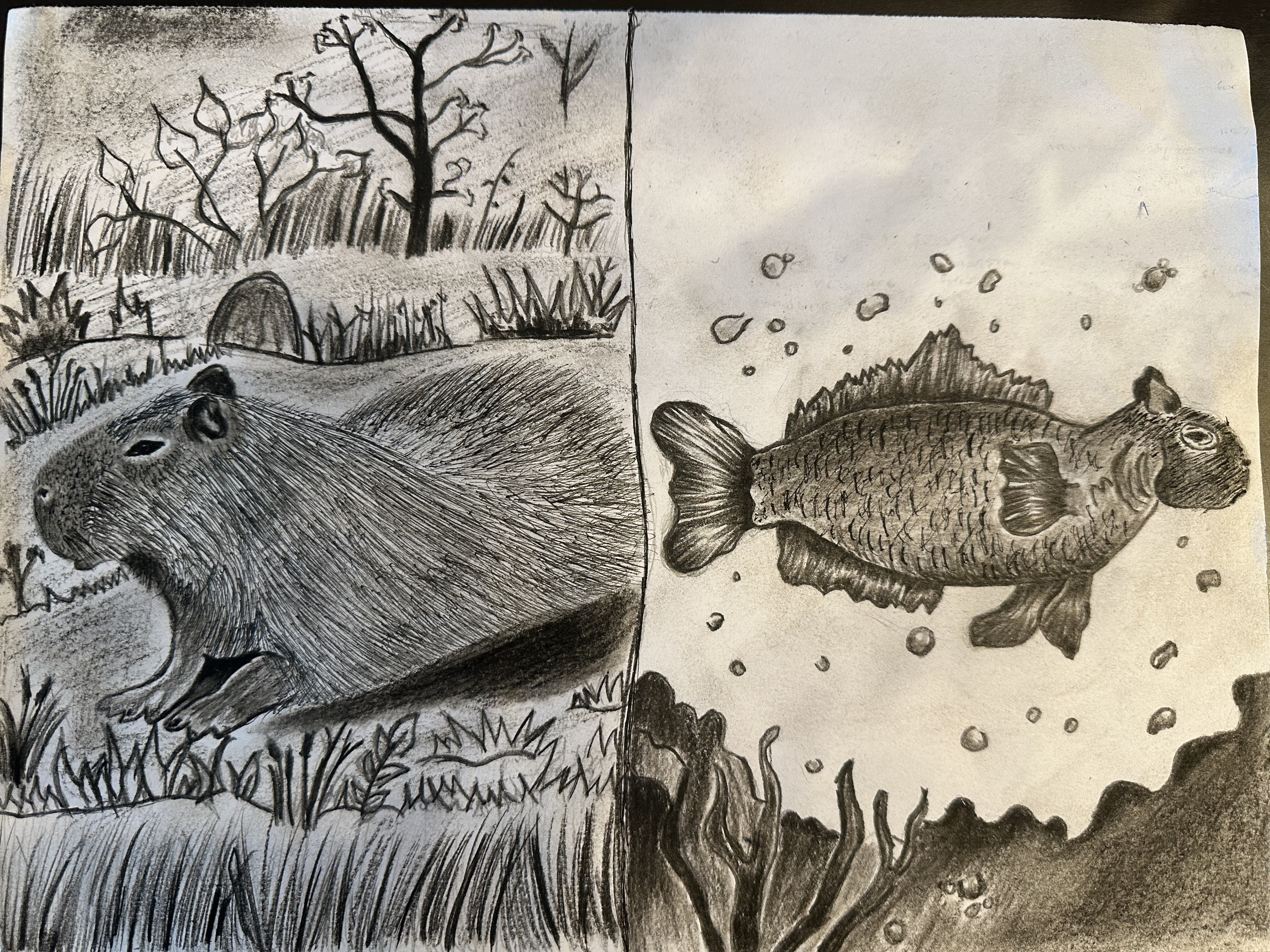As climate change reduces tropical rainforests to flooded wetlands, the capybara has become a completely aquatic animal. Once a semi-aquatic mammal, it has adapted to living permanently underwater with larger, webbed feet for effective swimming and a streamlined body for improved movement underwater. Its nostrils and eyes have shifted higher up on its head, similar to a hippopotamus, so that it can breathe and see when it is largely submerged. Its fur has also become more water-resistant, and its skin turned scaly so that it would not lose water and get infected. As there are fewer plant species on land, its diet has now expanded to include aquatic plants and small invertebrates. These adaptations promise the survival of capybara in a future with its rainforest home converted into vast, marshy wetlands.
Contact us
Thank you for your interest in contacting Future Engineers. We look forward to connecting with you!
General Inquiries
support@futureengineers.orgSponsorship Inquiries
sponsor@futureengineers.org
